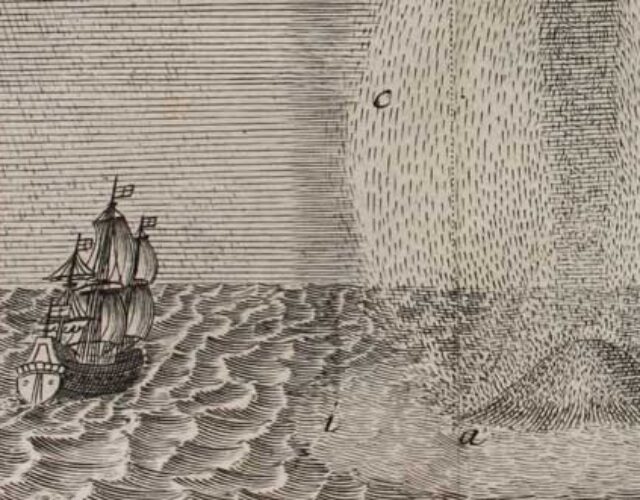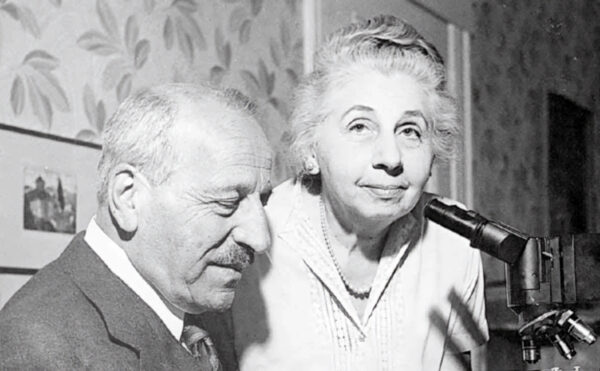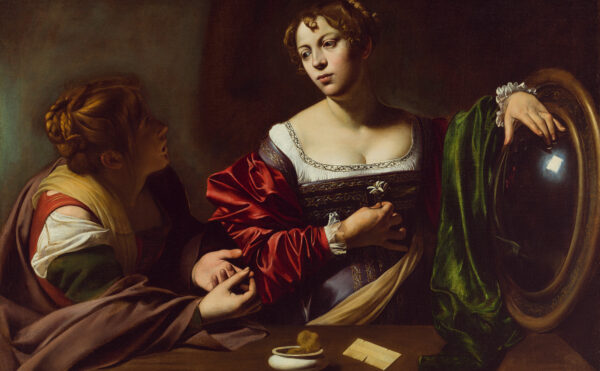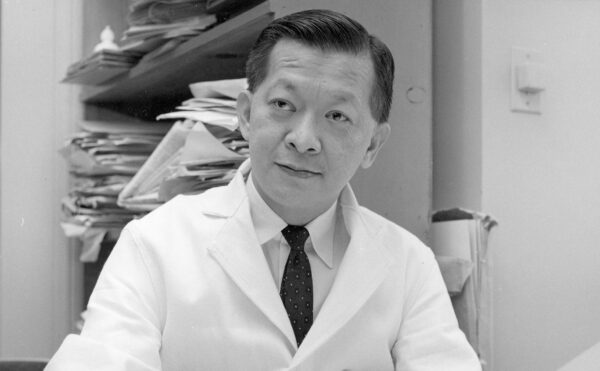In March 1656, following a discussion among natural philosophers at Robert Boyle’s lodgings in Oxford, Christopher Wren carried out a pioneering experiment in intravenous injection. Wren, now famous as the architect who designed St. Paul’s Cathedral, injected Boyle’s dog with a solution of opium. The experimenters were gratified to see that after being stupefied for a long while the dog made a complete recovery. In fact, it became somewhat of a celebrity and grew fat, but, according to Boyle, “Having made him famous, he was soon after stoln away from me.” This event occurred in the context of a remarkable period of physiological research carried out in Oxford and later at the Royal Society in London, after its founding in 1660. Sad to say, it was one of very few instances that turned out well for the experimental subject.
The investigators were pursuing an interrelated series of questions that stemmed from William Harvey’s 1628 discovery of the circulation of the blood, a discovery that raised questions about the role of blood and of respiration, and the nature of air and its composition. The experimenters used new techniques and instruments, such as Boyle’s air pump (in which flames—and mice and birds—were extinguished), and horrifyingly gruesome vivisection experiments (chiefly on dogs). They determined that some component of the air passed through the lungs and into the bloodstream and that this substance was also involved in combustion—such as the burning of a candle or the “fermentation” in the blood that generated the body’s heat.
This research, which spanned over 20 years, culminated in a remarkably insightful chemical theory published in 1674 by the anatomist John Mayow in his Tractatusquinque medico-physici [Five medico-physical tracts]. From his physiological and chemical experiments Mayow concluded that the combustion-supporting constituent of air passing into the bloodstream, which he called “nitro-aerial particles,” was a part of niter, or saltpeter (chiefly KNO3). These particles were fixed in saltpeter—hence the ability of gunpowder to burn in a vacuum—and in spirit of niter, what we now know as nitric acid (HNO3). And he attributed the weight increase from metallic antimony (Sb) to calcined antimony (Sb2O3) to the absorption of these same particles. The common element in all these substances—the secret identity of Mayow’s nitro-aerial particles—was oxygen (O2).
Mayow wrote a full century before the date commonly given for oxygen’s discovery; so why is he not usually credited? Like many other experimenters in the 17th century, Mayow got carried away with his mechanical explanation. He made nitro-aerial particles the cause of a huge array of phenomena, from the elasticity of the air to the expansion of frozen water, from lightning and waterspouts to the exothermic reaction of salts. None of these is actually caused by oxygen, and his explanations were easily disprovable. Unlike calcined antimony versus metallic antimony, ice doesn’t weigh more than water. The apparent loss of elasticity of the air in his bell jar was due to the absorption of the jar’s carbon dioxide by the water in the trough holding the jar and did not occur with a mercury trough, and so on. Still, the theory was remarkably prescient and stands as one of the great achievements of experimental science in the 17th century.




